In our first edition of “Local Livin’,’” Ital Delroy Anthony tells the story of his ancestral family on St. John and his passion for the Afro-Caribbean culture and the land of his people.
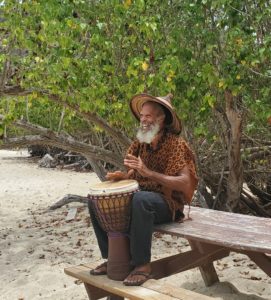 If you have ever visited Salt Pond Bay on St. John’s south eastern shore, you may have bumped into a vivacious personality selling his wares just past the parking lot entrance. In my first week on-island in 2012, I took the bus to Salt Pond on and crossed paths with Ital in this exact location.
If you have ever visited Salt Pond Bay on St. John’s south eastern shore, you may have bumped into a vivacious personality selling his wares just past the parking lot entrance. In my first week on-island in 2012, I took the bus to Salt Pond on and crossed paths with Ital in this exact location.
I remember vividly the intensity and passion with which he spoke about the hand-crafted maracas made out of Calabash, jewelry, salves and decor that he boasted on his modest table under an EZ-up. Hand-made wind chimes offering a calming background music to the conversation.
In the years to come, I have had the pleasure of getting to know Ital during his semi-regular presentations about the benefits and uses of local flora, his pop-up shop in the park during events and, eventually, booking him to play music with his trio, the Echo People. To say it has been a pleasure to work with this man of vast local knowledge and many talents is an exaggerated understatement. So, when I thought about who we should feature for this first profile story, he immediately came to mind.
Ital was born on St. Thomas in 1961 to a sixth generation St. Johnian mother. His mother’s ancestors were brought into slavery from Ghana during the Denmark occupation of the Danish West Indies, now the US Virgin Islands. Like many other ancestral St. John families, they were here through decades of slavery, the slave revolt of 1733, the emancipation of slaves in the territory in 1848 and the eventual $25 million US purchase of the territory in March of 1917.
Ital reflects on his schooling at Julius E. Sprauve School in Cruz Bay, saying his education actually came from home. His mother would walk into the bush with him, pointing out plants and explaining their uses and how to identify them. He has been ingrained with knowledge passed down from his mother, her mother before and hers before that…..He strives to keep those stories and his culture alive in everything that he does.
“I feel like I’m one of the last ones,” he said over the phone during the first of this two-part interview. “There used to be a little museum with little artifacts,” he remembered.
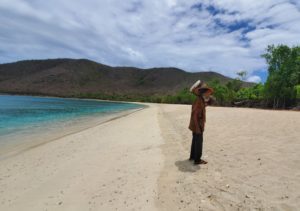 The museum to which he refers was once located at the Cruz Bay Battery, a historic fortress constructed in 1765 that now houses government offices. The museum was eventually moved to the Elaine I. Sprauve library. It remained there for several years before the needs of the library outgrew the space necessary for the display. In 2006, the museum closed and although there have been mentions of reviving it at the Battery nothing has been decided of its fate to date.
The museum to which he refers was once located at the Cruz Bay Battery, a historic fortress constructed in 1765 that now houses government offices. The museum was eventually moved to the Elaine I. Sprauve library. It remained there for several years before the needs of the library outgrew the space necessary for the display. In 2006, the museum closed and although there have been mentions of reviving it at the Battery nothing has been decided of its fate to date.
Ital’s frustrations about a lack of Afro-Caribbean cultural acknowledgement rarely touch negativity, but more so sadness. Like many other Virgin Islanders, he fears that his “African heritage is not represented.” He solemnly mentions the lack of representation of the heritage his ancestors brought and fought to keep alive thousands of miles across the sea and for hundreds of years. The medicine, the food. ”It’s connected with me,” he said. “And also to St. John.”
When I arrived at Francis Bay this week to wrap up the interview in person, Ital had arrived early and generously set up a table of his handcrafted wares for display and conversation pieces. He was quietly singing and playing his drum while he waited.
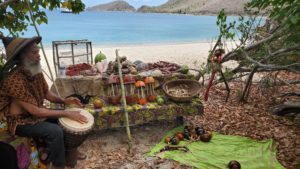 We jumped into conversation about the art and locally grown plants on his table. His display on this particularly beautiful morning were maracas and bowls made from Calabash, traditional Virgin Islands bird feeders made from coconuts and a variety of beautiful necklaces made from local seeds.
We jumped into conversation about the art and locally grown plants on his table. His display on this particularly beautiful morning were maracas and bowls made from Calabash, traditional Virgin Islands bird feeders made from coconuts and a variety of beautiful necklaces made from local seeds.
The calabash, he says, grew in Africa where his ancestors utilized them for many things. “It was basic utensils, cups, jugs, bowls, mugs,” he said, adding that today they are generally used for the arts and crafts lain in front of me. The tradition in utilizing the calabash continued when his ancestors were brought from Ghana. In the Virgin Islands the trees also produced these useful fruits, although they were significantly smaller in size, he said.
You may recognize this gourd-like fruit if you have traveled to Africa, the Caribbean, Central America or South America. The green shell can be dried and carved and the white meat inside, according to Ital, is medicinal in easing the effects of asthma, the common cold and mange.
When I asked about the bird feeders, he informed me of their many uses. “You put sugar water in the bowl to attract the Bananaquit or they can be used as candle holders or lights or a light fixture holder. Whatever you want,” he smiled. He mentions this is what he might give someone for a wedding gift, a birthday or an anniversary.
“In ancient African tradition whenever we meet, we naturally gather with gifts. You people might bring a bouquet of flowers, a chocolate bar,” he said jokingly. “We goin’ bring like a nice beautiful necklace that I make. And say this is how I feel about you and give it to you.”
So. He takes this passion about his culture and he shares it. Quite literally everywhere.
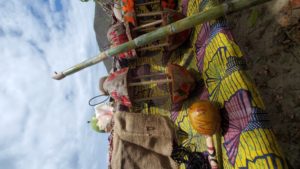 In an effort to raise awareness and education of Virgin Islands culture, Ital is extremely active with schools, churches, events on both St. Thomas and St. John. He performs traditional music in ethnic garments, teaches about the plant life of the islands and their healing qualities and uses and conducts workshops about Afro-Caribbean culture for the VI Tourism Board and University of the Virgin Islands, to name a few.
In an effort to raise awareness and education of Virgin Islands culture, Ital is extremely active with schools, churches, events on both St. Thomas and St. John. He performs traditional music in ethnic garments, teaches about the plant life of the islands and their healing qualities and uses and conducts workshops about Afro-Caribbean culture for the VI Tourism Board and University of the Virgin Islands, to name a few.
Recently, he worked with the VI Carnival Committee to present a cultural program for the Carnival Queen, Prince and Princess at the Visitor Center near the post office in Cruz Bay. The workshop was designed to give the young people a “more hands on approach to their culture.”
“We are from an ancient people of the past. We are in the present. And we are stepping into the future.”
Ital not only strives to keep the culture alive for native Virgin Islanders, but also to educate visitors and transplants, like myself.
If you are as interested in learning from him as I have been over the years, I would advise you to look him up when you are visiting next! He can still frequently be found in the Salt Pond location that I had the pleasure of meeting him in years ago. He also occasionally sets up his table of native crafts in the park across from the ferry dock in Cruz Bay and at Maho Crossroads. You may catch him performing at any of the open mics around St. John (when we are able to have live music again!).
OR, keep an eye on the Friends of the Virgin Islands National Park schedule of events! He sometimes leads guided hikes or workshops to share his knowledge about local plants and their healing qualities.
“I personally love sharing the island with visitors,” he said with a signature sparkle in his bright eyes.
When I asked him if he had one message to share with all of you, he gestured grandly with his arm and said, “Come (to) St. John! Continue coming! Love it. And take care of it.”


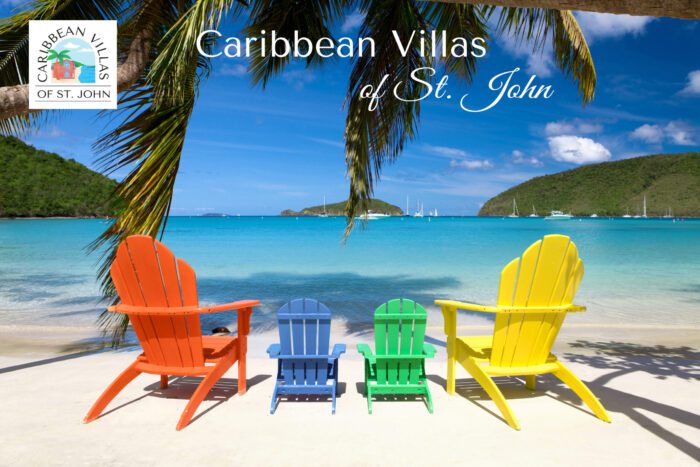
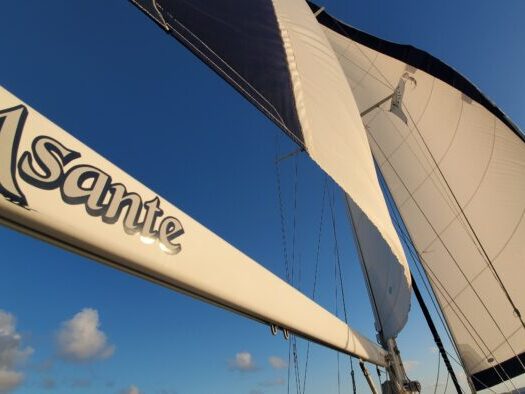
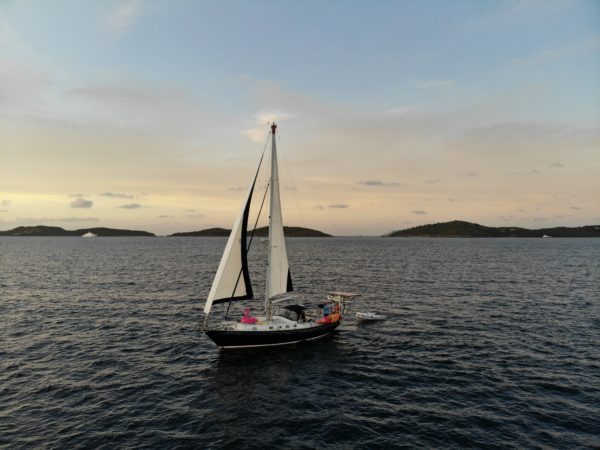

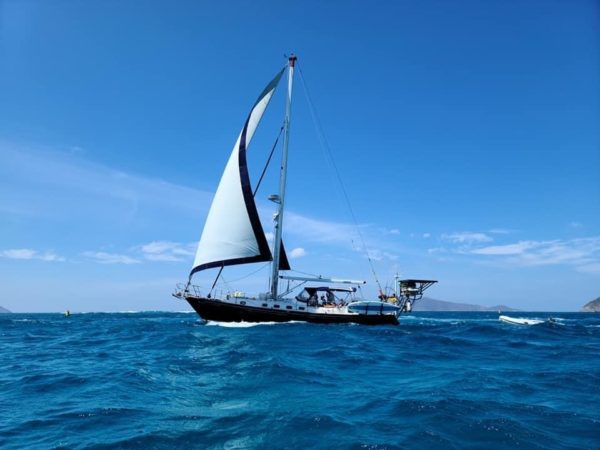
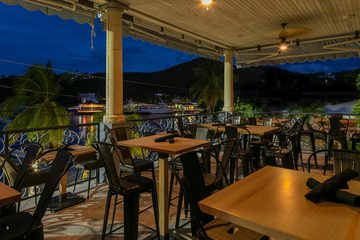
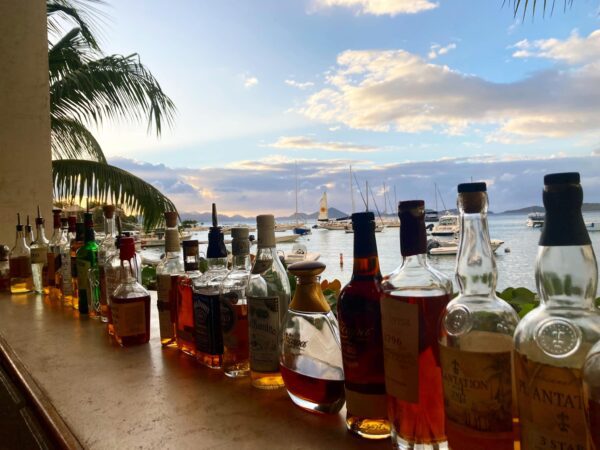
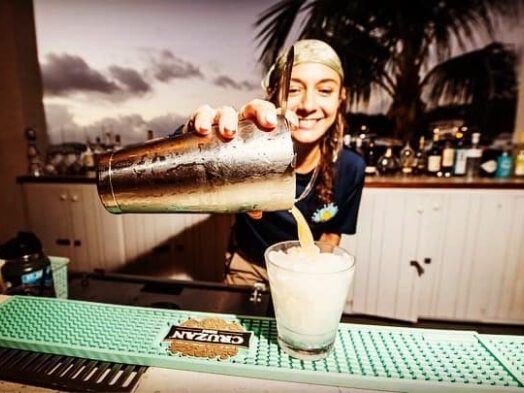
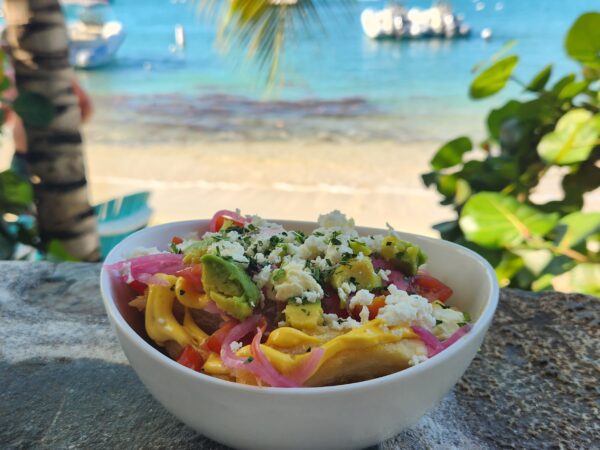
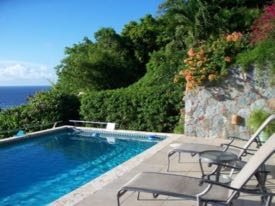
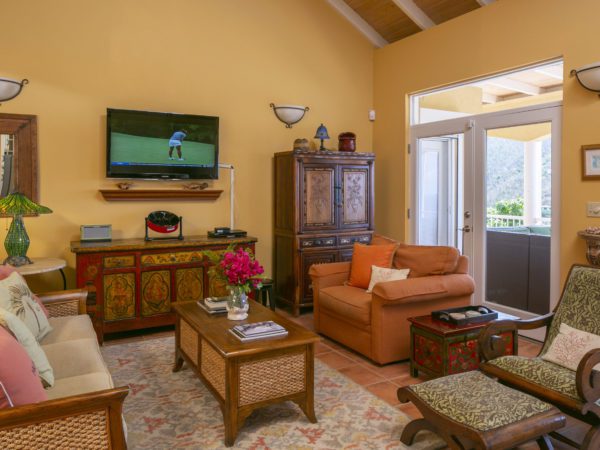
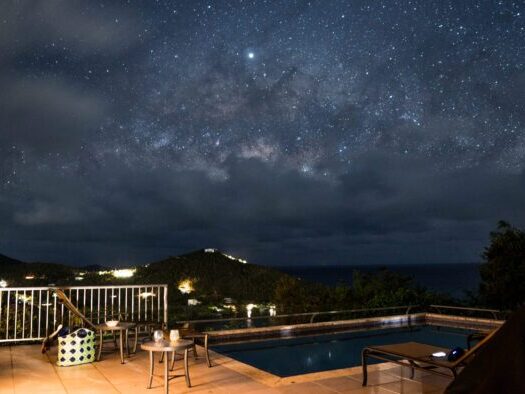
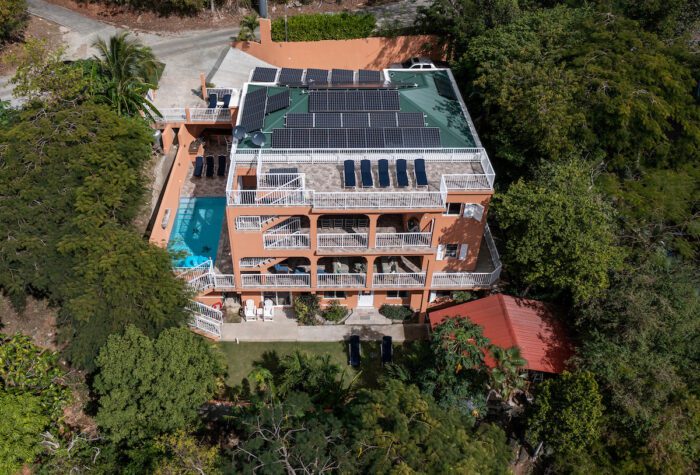
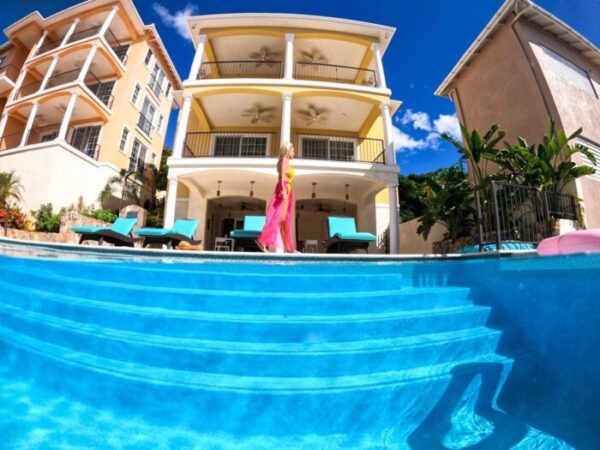
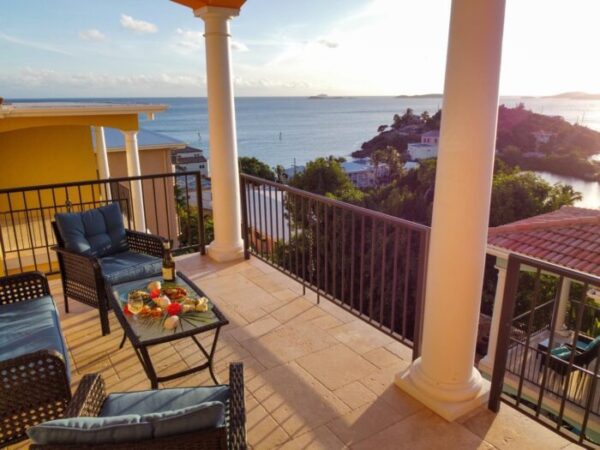
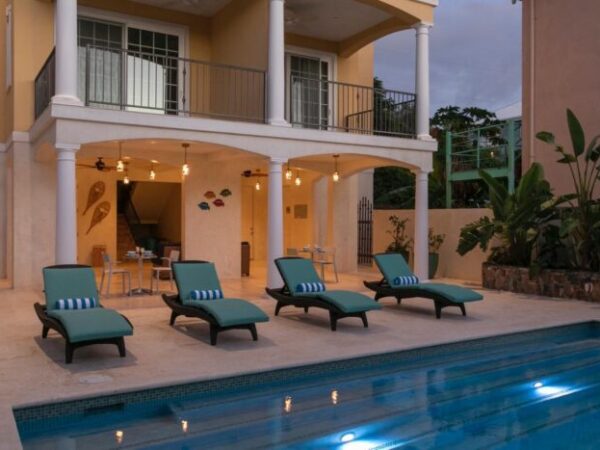
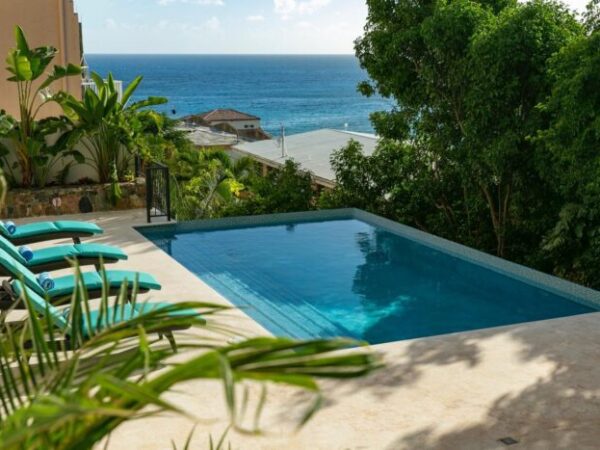


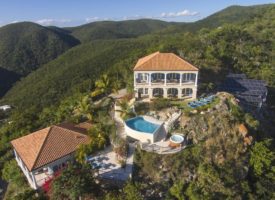
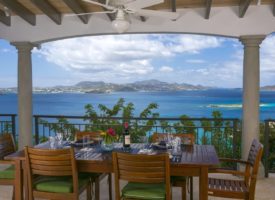
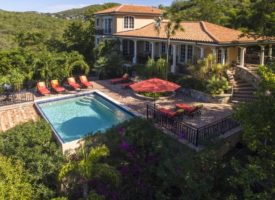
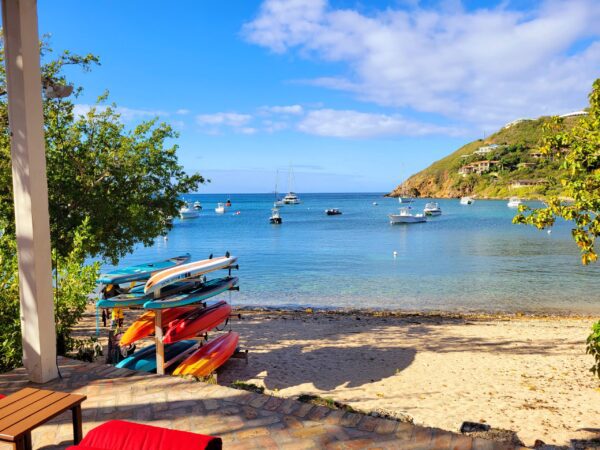
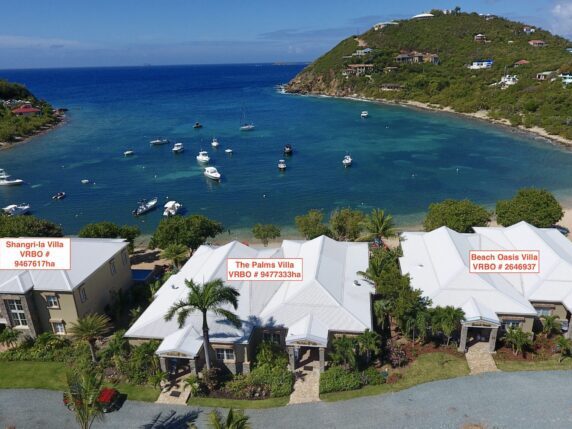
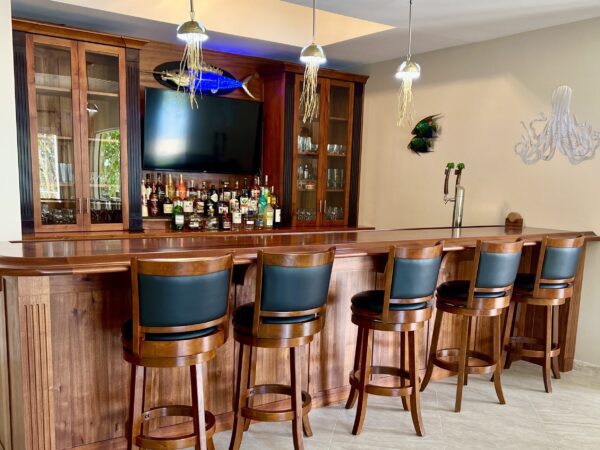
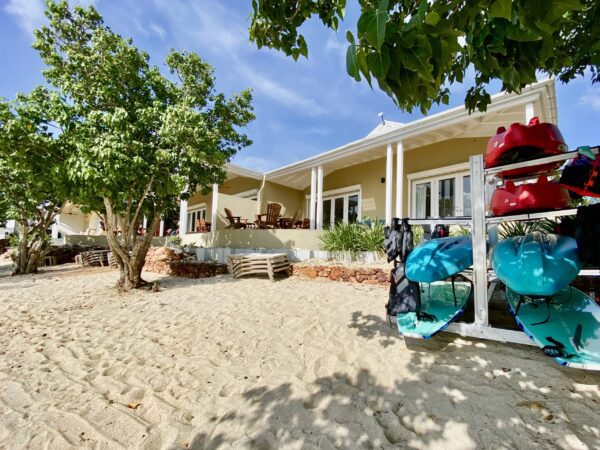
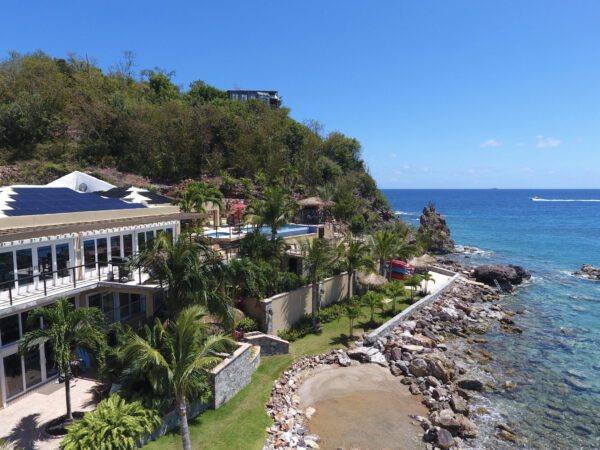
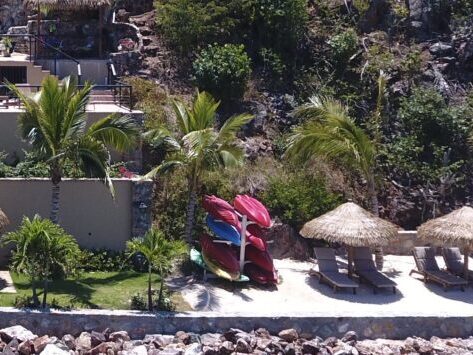
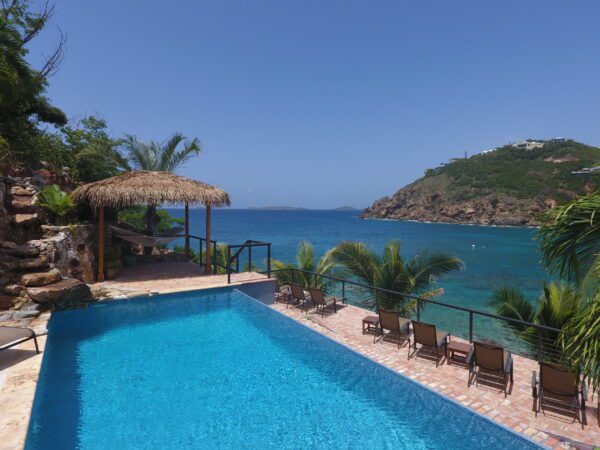
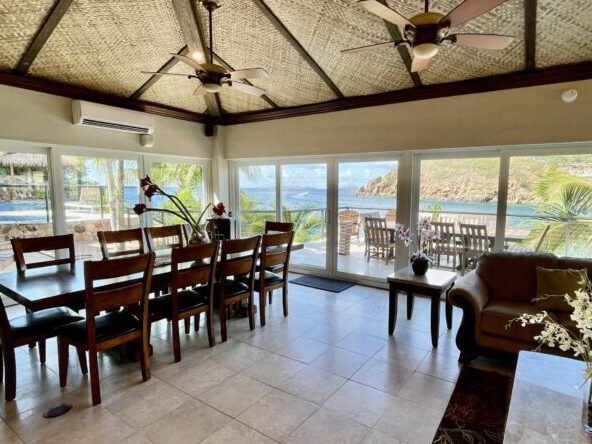
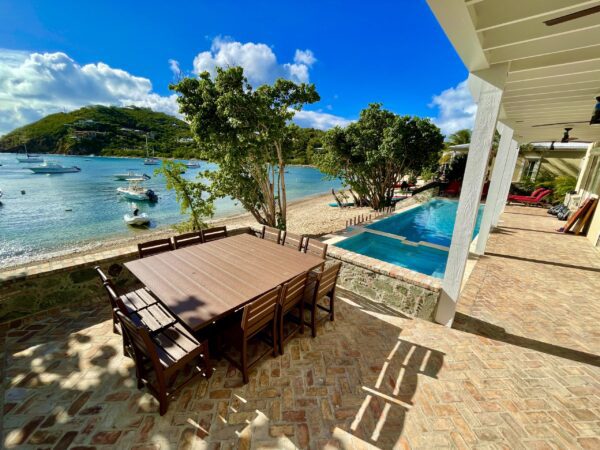

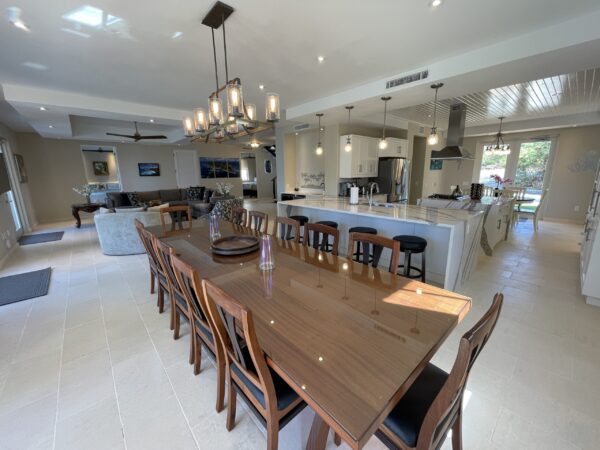
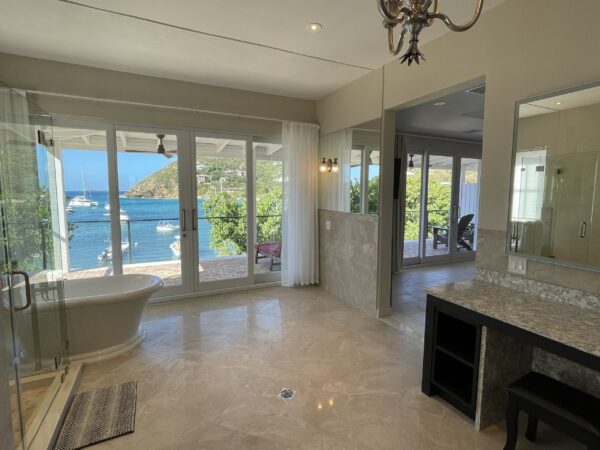

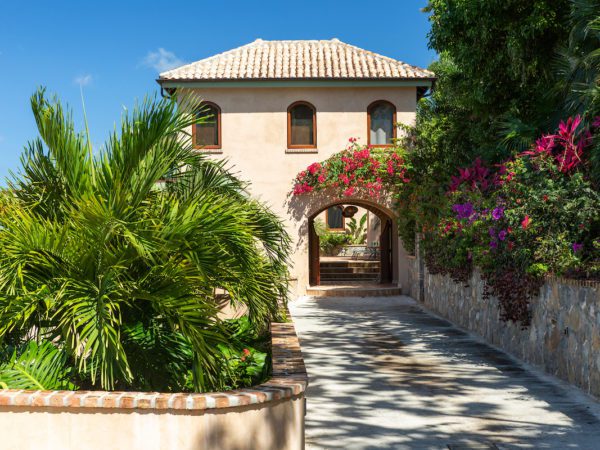
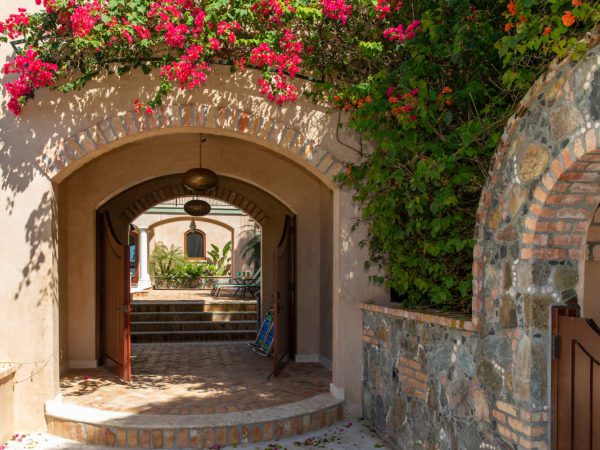
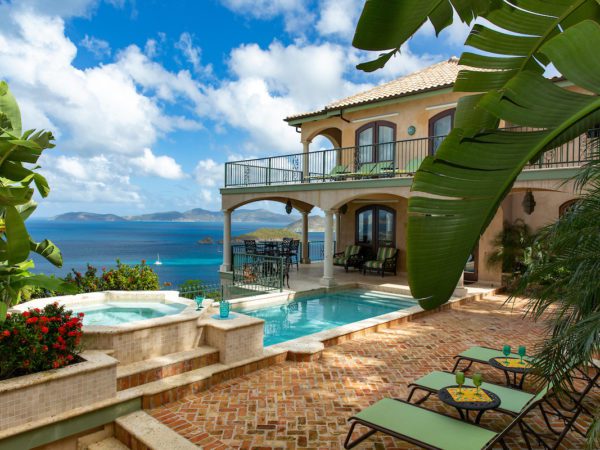
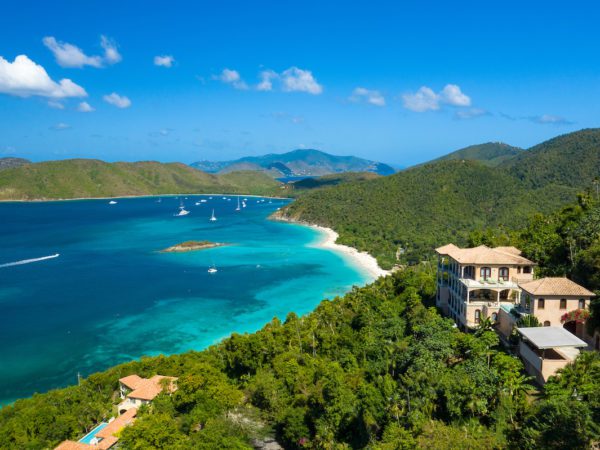
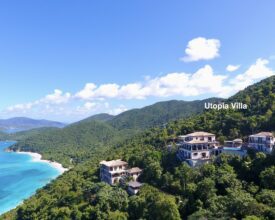
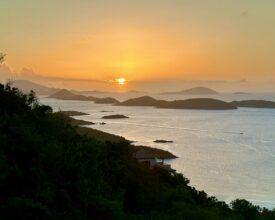
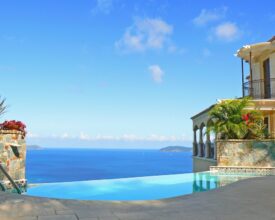


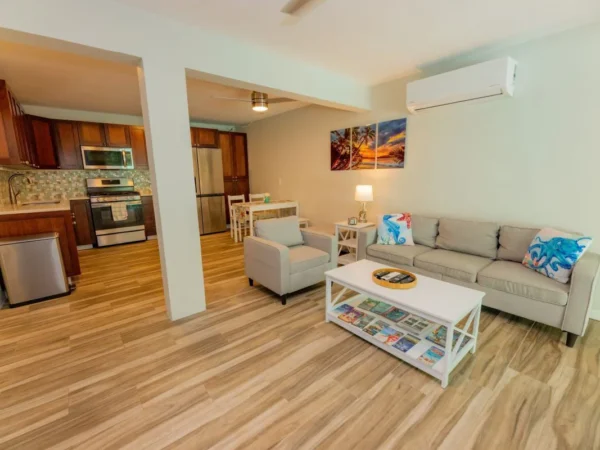
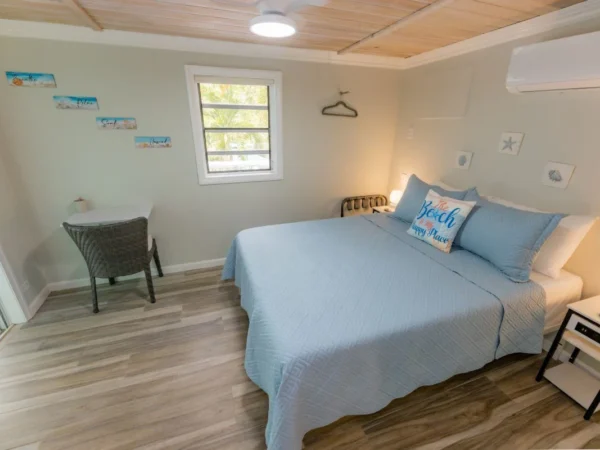









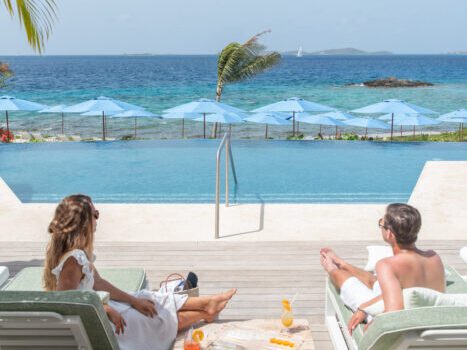
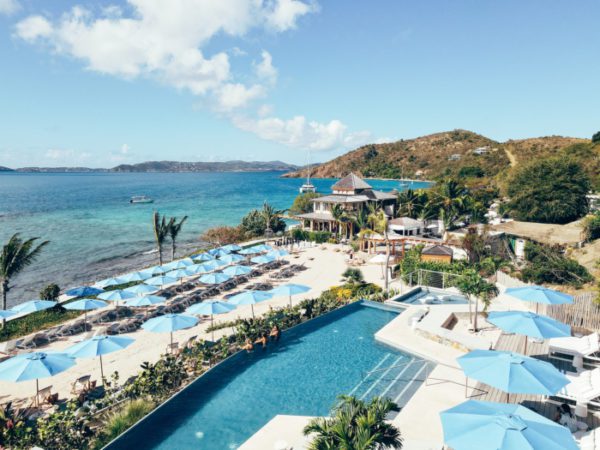
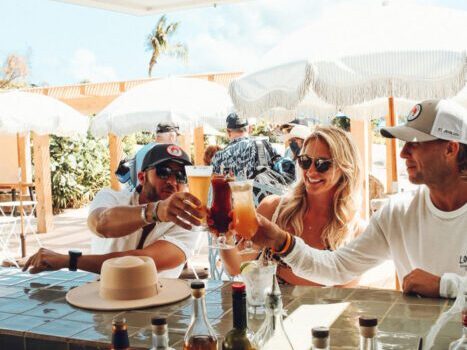
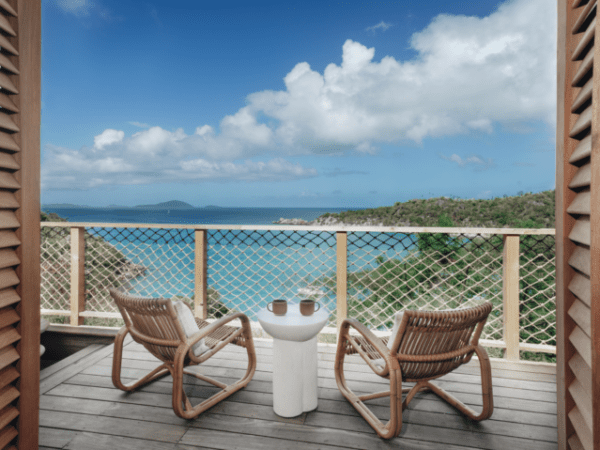
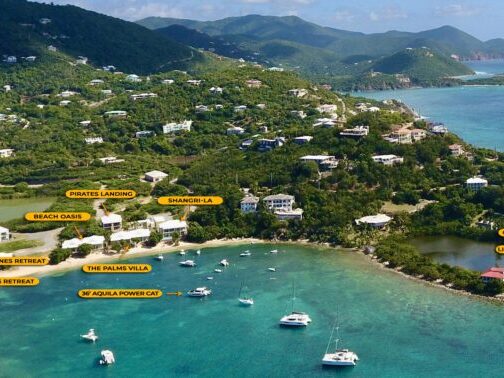
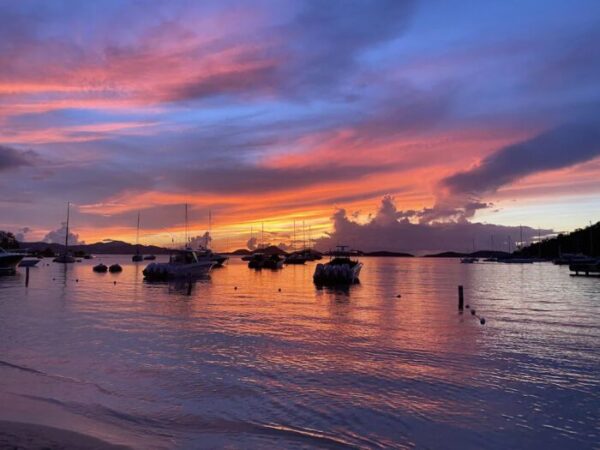
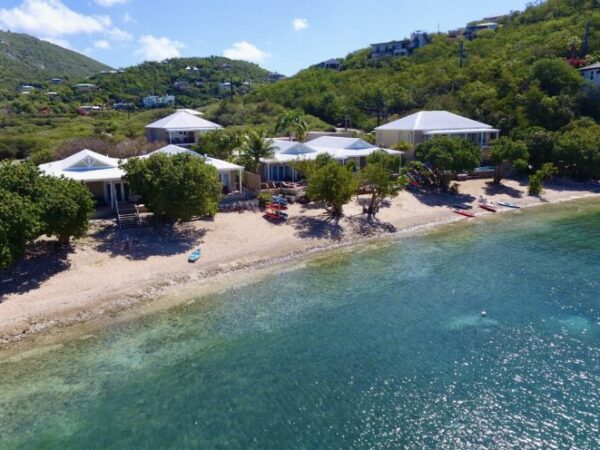
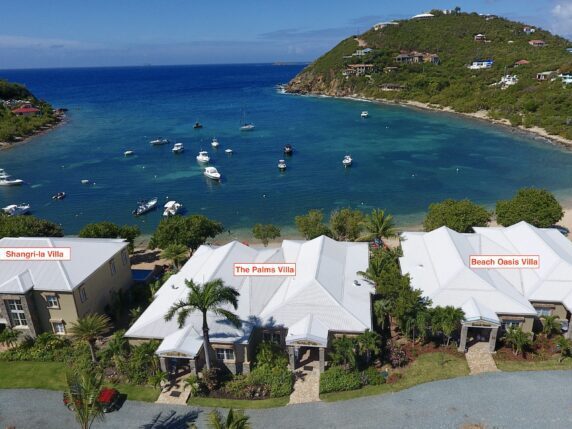
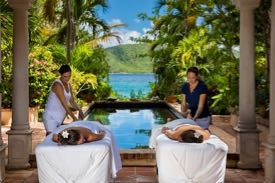

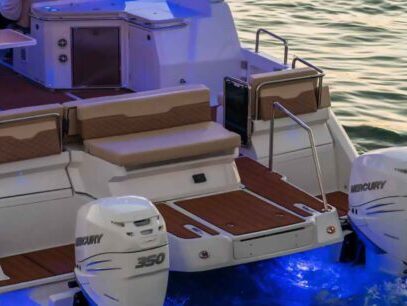
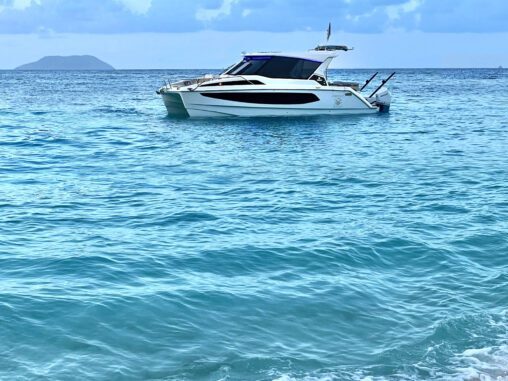


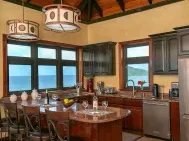
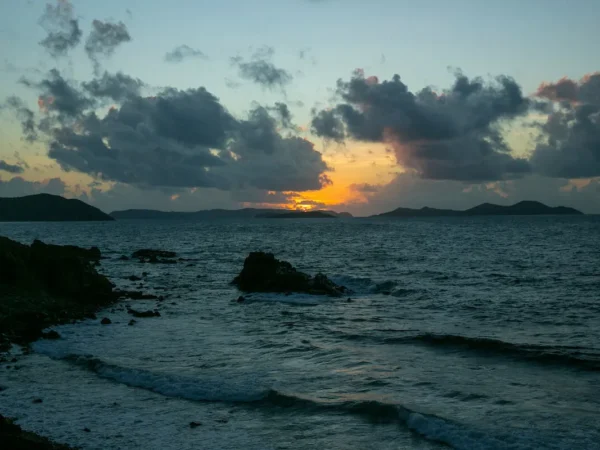
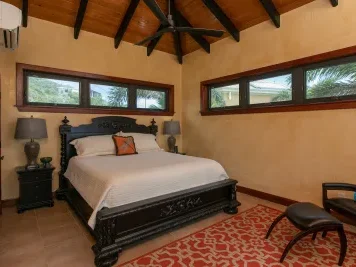
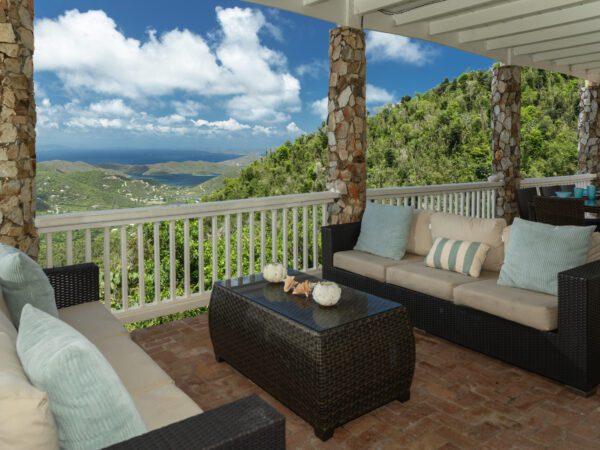
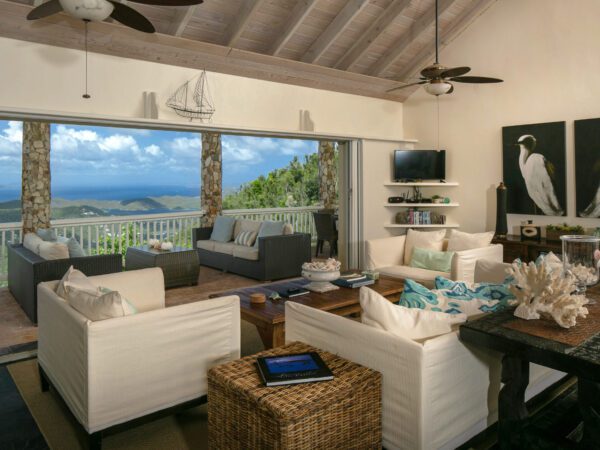
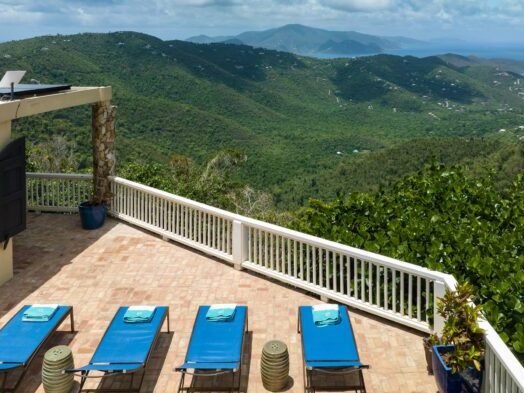
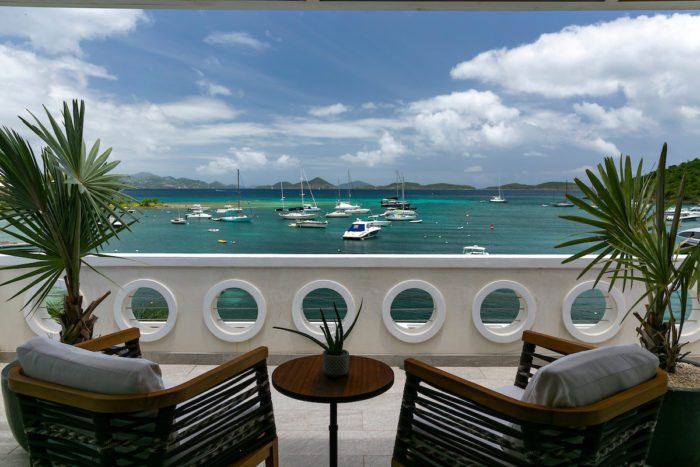

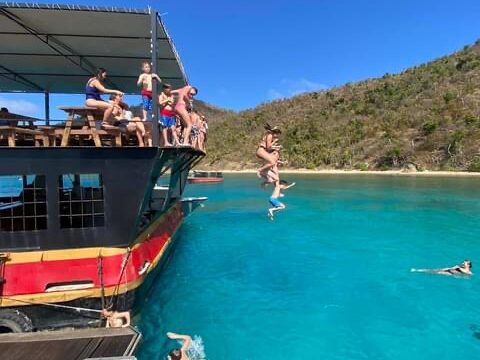

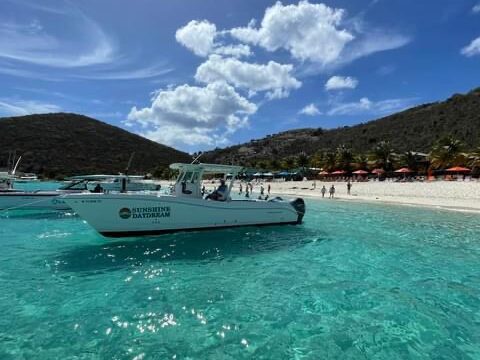
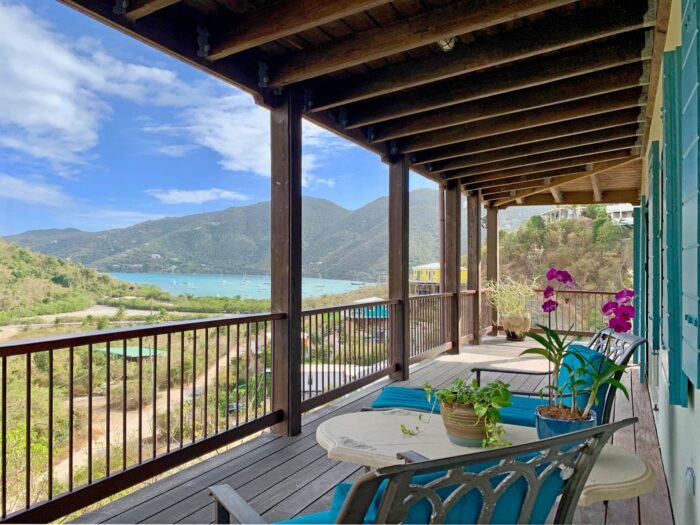
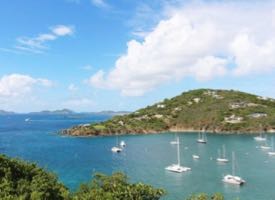
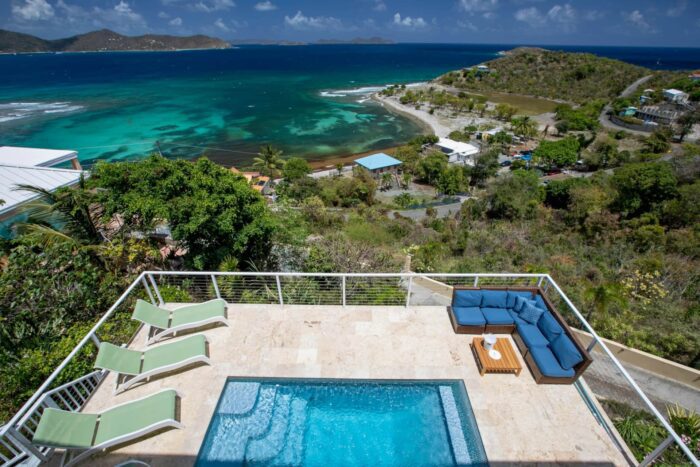


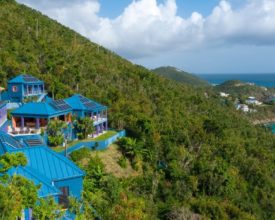
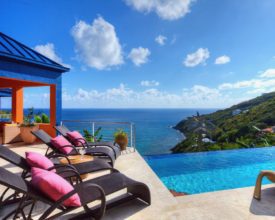
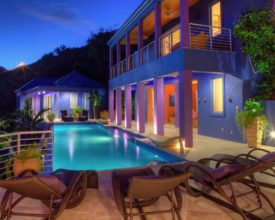
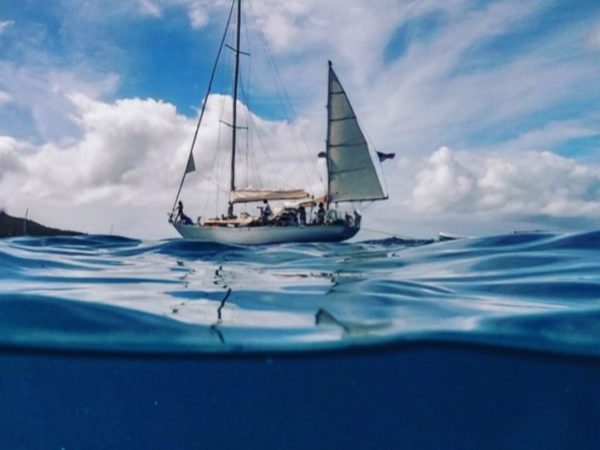
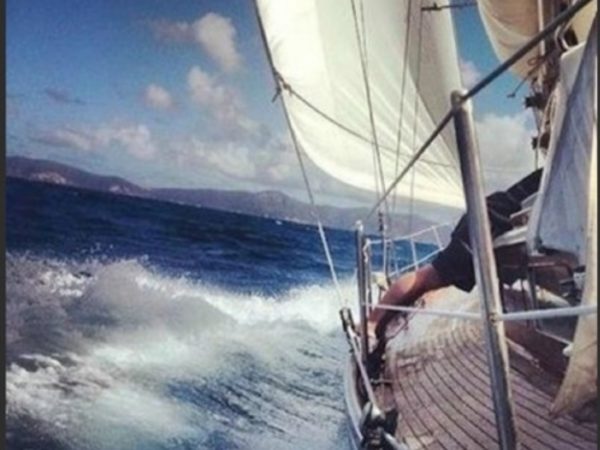

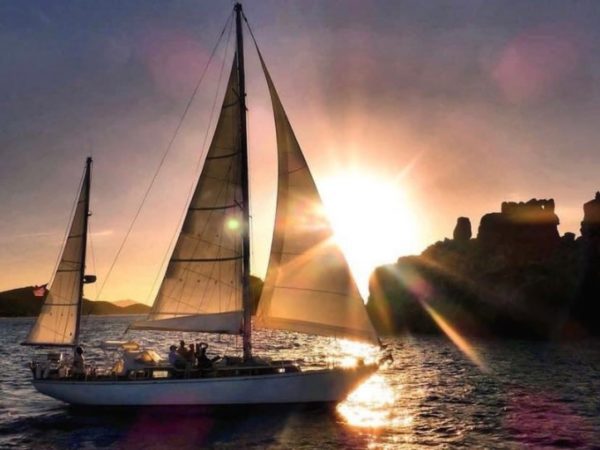
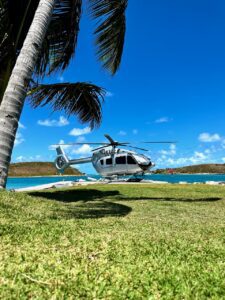

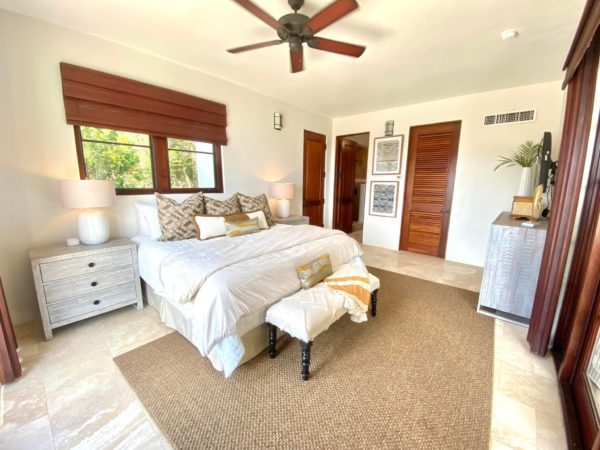
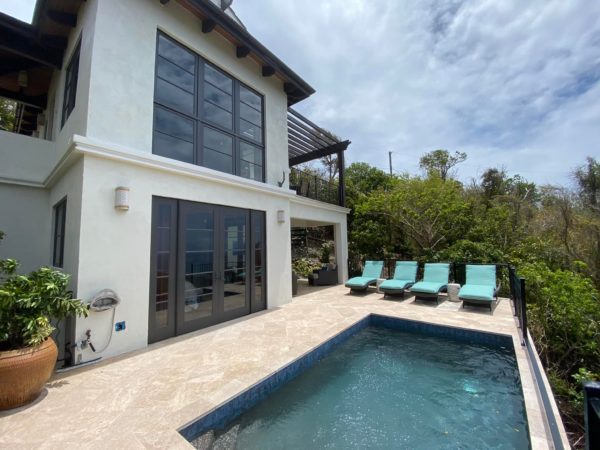
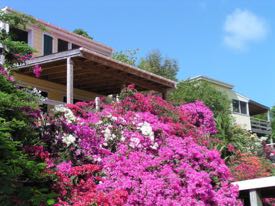

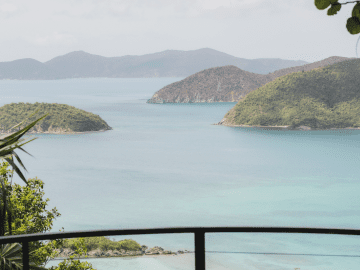
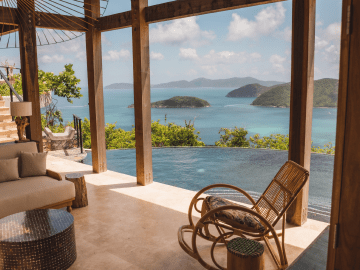
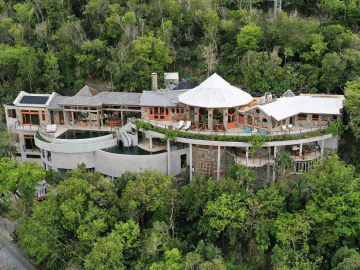


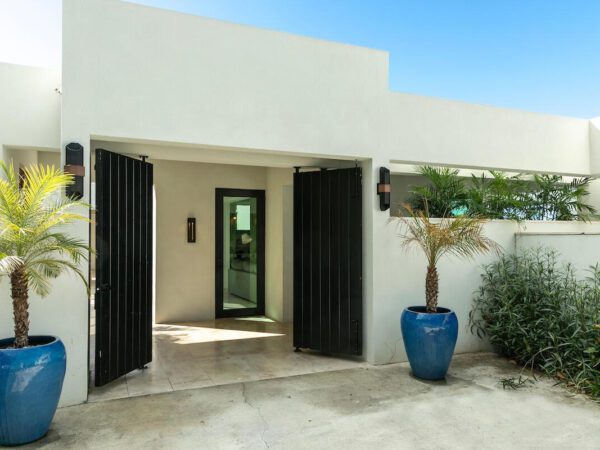
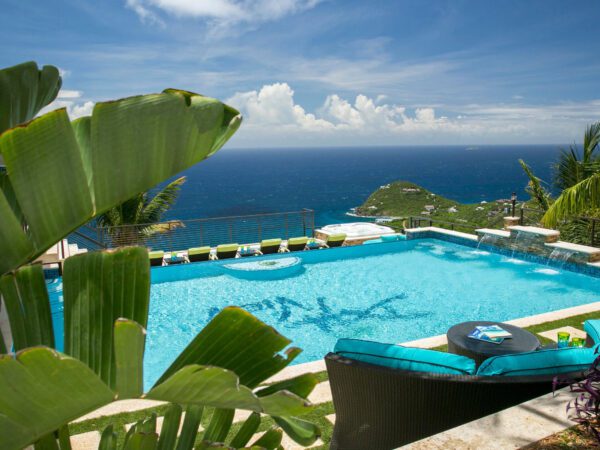
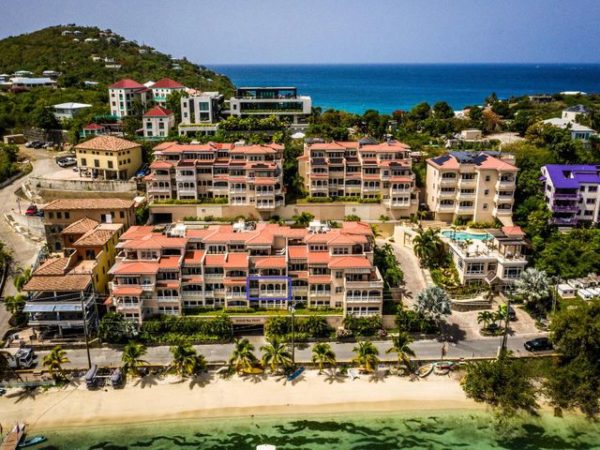
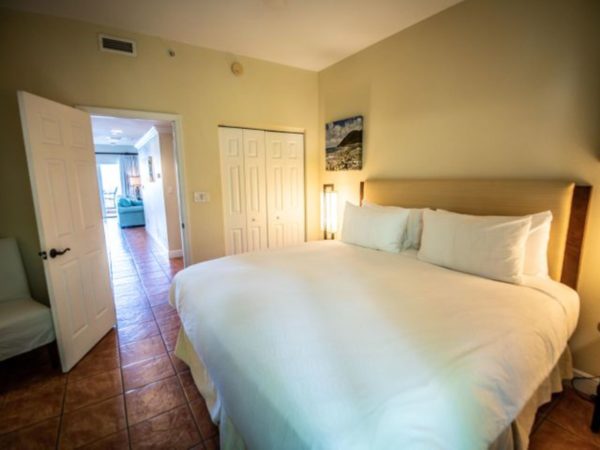
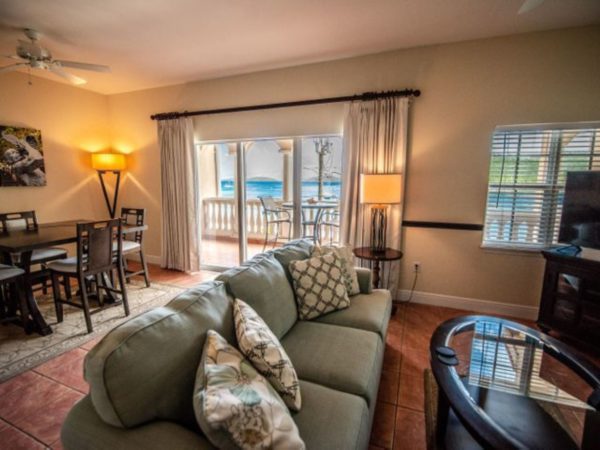
He is a living legend! One can learn so much from him.
Apprecialove, ase ase
We are coming in August! Will try and find him! 🙂
Thank you for sharing! We love St. John for its natural beauty, but always looking to learn about the culture too.
A few years ago I had hiked up the Rams Head trail and past Ital on my way back. The weather got hotter than I had anticipated and I hadn’t brought enough water. In addition to his crafts, he was also selling bottes of water. I asked for a bottle and reached for my wallet when realized I had not brought it with me. Ital gave me a bottle, gratis. I came back the next day to pay but he wasn’t there, so I left the money (and then some) hidden in one of the containers he kept there. Sure hope you found it, Ital, and thanks!
Thank you for sharing the culture of ancestral St. Johnians. Looking forward to more of these stories.
Thank you for sharing. We just read this article as a family and look forward to learning from Ital during our next visit to the Island!
Lisa & family
This is exactly what I needed today. Thank you, and please continue finding and interviewing gems like Ital, whose stories need to be preserved.
How interesting. Thank you!
I love my talks with Ital and learning so much about the culture and land that I love to visit. Such a talented, interesting and amazing man. We have his art all over our house. Thank you for spotlighting him.
Thank you so much. There was a post on a FB site where the poster was dismayed that some visitors to the island did not make any effort to learn about the island. I have seen Ital many times during visits over 20 years, but never took the opportunity to talk to him. My next visit I will..or perhaps take one of his tours.
Thank you for this story! This is exactly the type of article I have been wanting to see. I hope you keep this as a regular feature. After 30 years of visits, I have met many wonderful locals but rarely hear about them in the STJ News. To all of them who share their home with us travelers, this one appreciates your hospitality very much. Thank you!
Wouldn’t it be amazing to have the Battery once again house and display artifacts and share the rich history of St John. Our Library is being totally neglected so perhaps the only government building being repaired since IrMaria might be a good location.
Thank you for starting this series and sharing Ital’s story. I look forward to our next visit and seeking him out. I can’t wait to read more articles too!
ITAL Is an electrifying and magnetic man!
This article touches only the tip of the iceberg concerning this genuine and vibrant brother.
He is a great blessing !